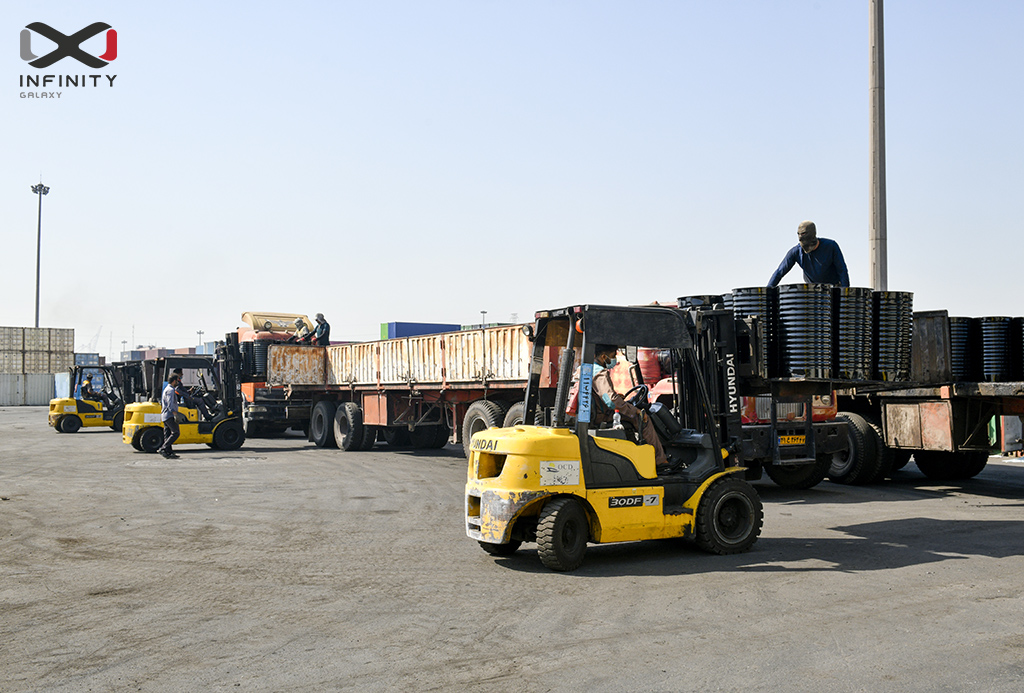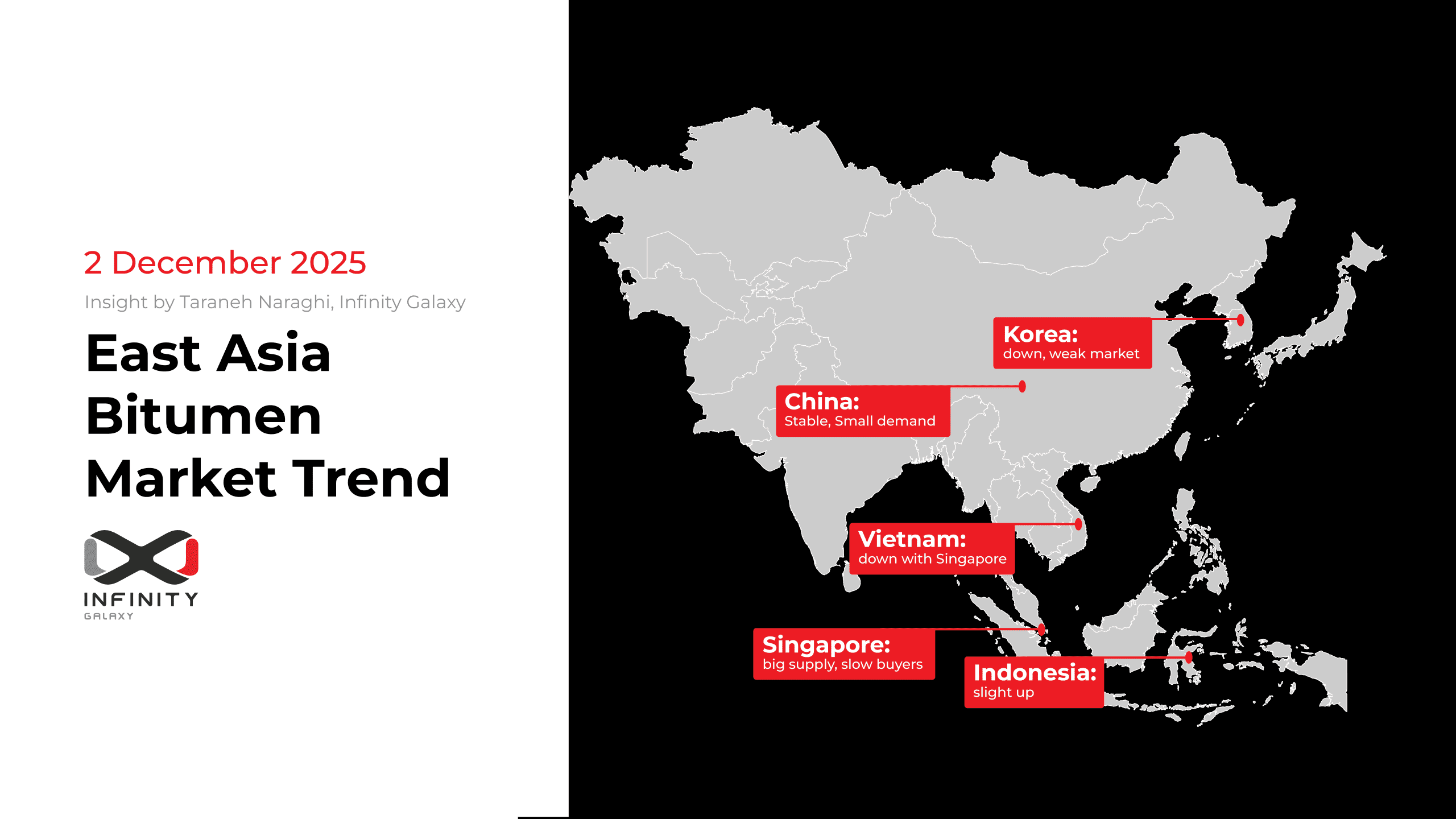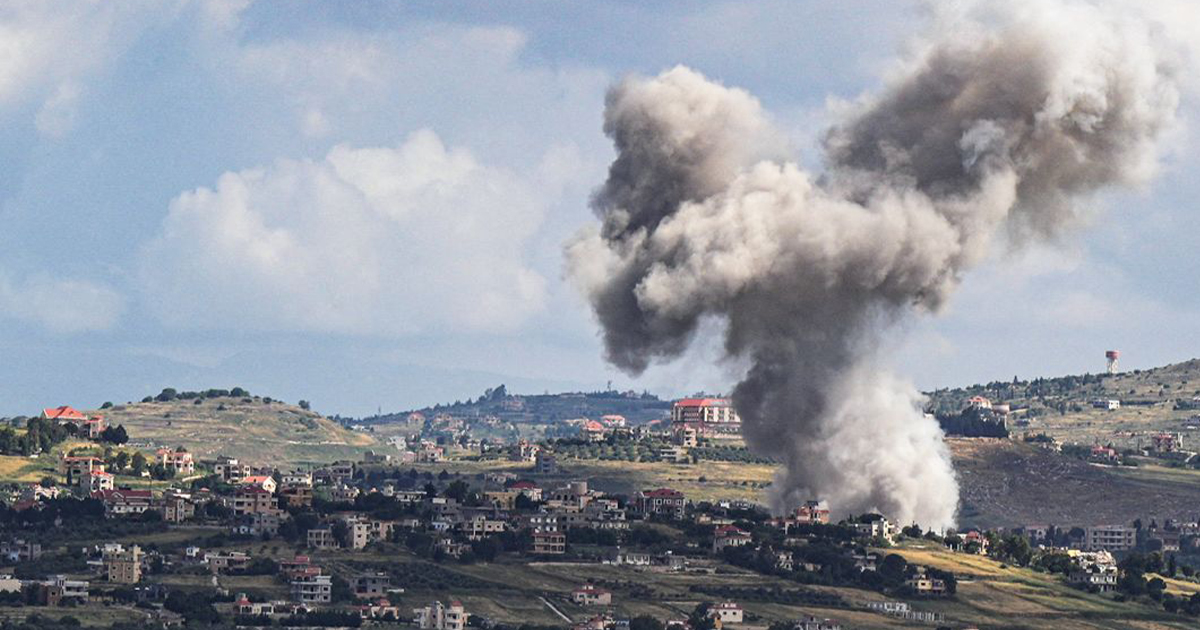Weekly Bitumen Report: Will Politics from New York to Beijing Once Again Change the Direction of the Markets?

The Political and Economic Developments of the Week
A Calm Middle East and the Eastern Front on the Eve of Winter: The Silence Before the Storm?
In the past week, the election of New York’s new mayor drew the attention of media and economic analysts- not only because of the city’s status as one of the world’s main commercial and financial hubs, but also because the new mayor holds openly anti-Trump positions. Although the direct impact of this change on the global energy market is limited, its political message, i.e., the strengthening of forces opposed to Trump’s nationalist policies, could influence market sentiment and economic expectations in the U.S.
Meanwhile, the U.S. Supreme Court has begun reviewing the legality of the broad tariffs imposed during the Trump era. If it leads to the cancellation or limitation of presidential powers to set tariffs, it could reshape global trade flows, especially in energy and raw materials. In this regard, Washington also took another step in intensifying technological competition by imposing new restrictions on the export of advanced chips to China, an action that global markets interpreted as a sign of the continuation of the policy to contain China.
In response, Beijing announced a ban on the use of foreign chips in government data centers, seeking to reduce its dependence on Western technology.
In the Middle East, a relatively calm week passed with no new developments beyond the region’s chronic tensions. On the Eastern Front, Russia and Ukraine are approaching the winter season, with reports indicating changes in Russian tactics and continued drone attacks- keeping geopolitical risks to energy supply high.
Crude and Fuel Oil Markets in East Asia
Why Is Oil Stuck Between $62 and $64?
During the past week, Brent crude remained within a narrow range of $62–$64 per barrel as a mix of opposing factors prevented major price movement. On one hand, rising U.S. crude inventories and worries about global oversupply applied downward pressure, while weak Asian demand and the onset of Europe’s winter kept consumption prospects limited. On the other hand, geopolitical risks from the ongoing Russia-Ukraine war and fears of potential supply disruptions in the Middle East discouraged widespread selling. The result of the balance between oversupply concerns and political risk fears was keeping Brent stable and fluctuating only slightly within the $62–$64 range.
On Thursday, Singapore CST180 fuel oil reached $372, while Singapore and South Korean bitumen prices stood at $395 and $370, respectively.
Demand in East Asia has not yet recovered, and only limited price increases have been observed.
Bitumen Market in Bahrain and Europe
Europe Calm but Trending Upward
Bitumen prices in Bahrain remained steady at $400, while the European market saw mild growth, with FOB prices at European ports ranging between $390 and $410. In Europe, most buyers are focused on 2026 annual contracts. Domestic markets in Germany and Belgium remained nearly unchanged, though Hungary and Germany experienced limited price growth due to refinery issues.
| Latest Market Prices (7 November 2025) | |
|---|---|
| Crude Oil | $62-$64 |
| Singapore’s 180 CST | $372 |
| Singapore’s Bitumen | $395 |
| South Korea’s Bitumen | $370 |
| Bahrain’s Bitumen | $400 |
| Europe’s Bitumen | $390 – $410 |
India Bitumen Market
India, A Positive Price Outlook
In India, domestic prices fell slightly, but the seasonal outlook remains positive, as unfinished road projects in southern and central states are set to resume from mid-November. By the end of the monsoon, and lower rainfall and contractors returning to work, bitumen demand is expected to increase in the coming weeks. However, buyers remain cautious in the short-term decision-making, mostly engaging in small and phased contracts.
China Market
China on the Verge of Returning to Projects
In China, despite generally weak demand across Asia, the market saw a slight improvement. Low inventories in some provinces and the resumption of infrastructure projects in drier regions led to limited but real purchases. Importers continue to act cautiously, buying mostly for short-term needs, yet signs of renewed activity in local projects suggest that the market could gradually rebalance through November.
Market Analysis of Iran
Intense Refinery Competition and Subtle Market Stability
In Iran, despite weak demand over the past week, more than 41% competition was recorded in vacuum bottom purchases- the highest level in six months. This indicates that some domestic buyers and exporters are positioning themselves for the period following recent currency fluctuations. At the same time, stable prices suggest that the market is finding a new balance among feedstock costs, exporters’ purchasing capacity, and export restrictions, without any fundamental decline in supply.
Insight by Razieh Gilani from Infinity Galaxy
The global energy and bitumen markets apparently seem to be calm, but this calmness feels more like a pause before a major decision. The convergence of political factors from New York to Beijing, uncertainty over U.S. trade policies, and fluctuating Asian demand all indicate that markets are redefining their direction. Beneath this apparent calm lies a hidden tension between oversupply and geopolitical risk- pressures that could shift prices at any moment. According to Razieh Ghilani, the current stability does not stem from real balance, but from a collective anticipation among market participants for the next big event. A market that looks calm on the outside, but inside, it’s ready to leap.
Talk to Our Bitumen Experts
At Infinity Galaxy, we’re here to answer any questions about buying bitumen. You can also check the latest bitumen prices by destination. Let us know your inquiry using the form below.
"*" indicates required fields






